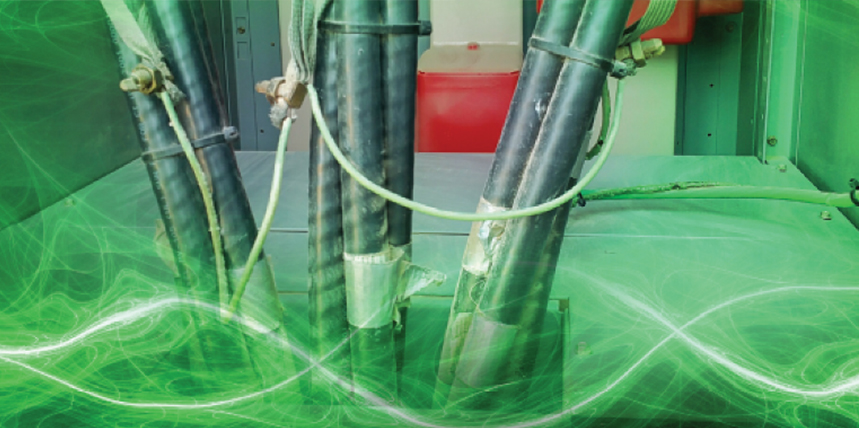Medium-voltage (MV) power cables are the backbone of the power distribution systems developed over two hundred years. Currently, 2.3 million miles of MV cables are installed in the USA, most with extruded insulation. Diagnostic testing technologies can differentiate MV cables by their operational condition and aging process prior to faults, thereby providing guidance for proactive maintenance and asset management. This …
Using NFPA 70E to Determine Shock and Arc Flash Boundaries
The 2018 edition of NFPA 70E is still active, even though many people are looking forward to a new edition in 2021. The 2021 edition will be released to the public in late September or early October, first in pdf form, then as a printed document. Until that release, the current edition must be referenced. Shock Boundaries Shock remains the …
Troubleshooting a Circuit Breaker
Circuit breakers are like the offensive line on a football team. Unless you have some knowledge of the game, you know they are there, but you have very little idea of what they do, how they do it, or why they do it. Circuit breakers are electromechanical devices required to control high-voltage (HV) electrical power networks. Circuit breakers switch circuits …
Using Communications to Monitor Power Distribution Systems
An increasing number of facilities are exploring and appreciating the communications capabilities of electrical power equipment. Modern electrical system protection and metering devices measure and calculate a significant amount of digital data, and most of this data can be retrieved via communications. Due to the availability of these devices and data, systems can monitor multiple devices in a system-wide manner …
Unlocking the Mysteries of Narrow Band DFR
Southern California Edison (SCE) began using primary to secondary winding (CHL) narrow band dielectric frequency response (NBDFR) measurements for condition assessment of used distribution class transformers in 2015; 1800 units are evaluated annually. NBDFR is a series of insulation power factor measurements taken from 1–400 hertz, usually at a low voltage. The data derived from the series of CHL measurements …
High-Voltage Arc Flash Assessment and Applications, Part 1
Protecting utility workers and other working personnel who are exposed to line-to-line voltages above 15kV at live electricity installations is critical. For this reason and to ensure compliance with OSHA regulations, arc flash hazards must be evaluated and studied for every facility with an electrical installation. An arc flash produces extremely high temperatures, intense heat flux and radiation, high sound …
Circuit Breaker and Transducer: Where Do I Connect?
Many types of equipment in the electrical transmission and distribution network perform a specific and necessary operation, and the circuit breaker is no exception, as it serves to protect the substation’s valuable assets. The circuit breaker — defined as a mechanical switching device — is unique: At one time, it must function as a nearly perfect conductor; at another time, …





